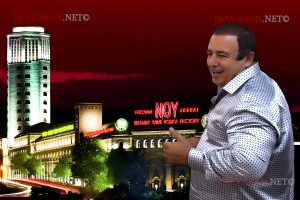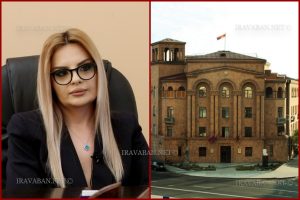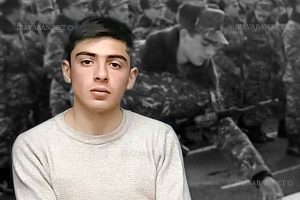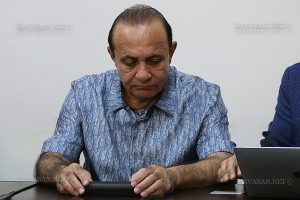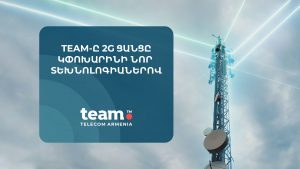Edik Ayvazyan, the head of Hin Tagher community of Artsakh, learned about the beginning of the war on 27September, 2020 from his fellow villagers and returned to the village. In a conversation with Iravaban.net, Ayvazyan told that on 28 September he was already in the Old Tagher, everyone was in their place.
When the war broke out in Jrakan (Jabrail), they were instructed to move the women and children to a safe place.
“We took the women and children to Armenia, and the men stayed in the village. Hin Tagher was far from the front line. When Handrut was bombed, it was ordered to dug trenches in the village. The Turks and Azeris had already reached Mount Ara. There were trenches in the village since the 90s, we refreshed them, we remained in position with 19 people,” Edik Ayvazyan says.
The village was not bombed during the 44-day war. After the signing of the 9 November statement, the village was attacked.
Details in the video.
Notably: On 27 September, the Azerbaijani side launched hostilities in Nagorno Karabakh, occupying most of it, including the city of Shushi.
On 9 November, Russian President Vladimir Putin, RA Prime Minister Nikol Pashinyan and Azerbaijani President Ilham Aliyev signed a joint statement on the cessation of hostilities that started on 27 September.
The trilateral statement states in particular that Kelbajar will be returned to Azerbaijan by 15 November (later that period was extended by 10 days), Aghdam region by 20 November, and Lachin region by 1 December, leaving a corridor of 5 km wide, which will ensure Armenia’s connection, but will not touch Shushi.
In addition, along with the line of contact in Nagorno-Karabakh and the Lachin corridor, Russian peacekeeping forces of 1960 troops with firearms, 90 armored vehicles and 380 vehicles and special equipment are deployed. The peacekeepers remain for five years with the possibility of automatic extension, unless the parties announce the termination of this provision six months before the expiration of the next five years.
It is also mentioned that internally displaced persons and refugees are returning to Nagorno-Karabakh and surrounding areas, exchanging prisoners of war and exchanging other detainees, and unblocking all economic and transport ties in the region is carried out.



